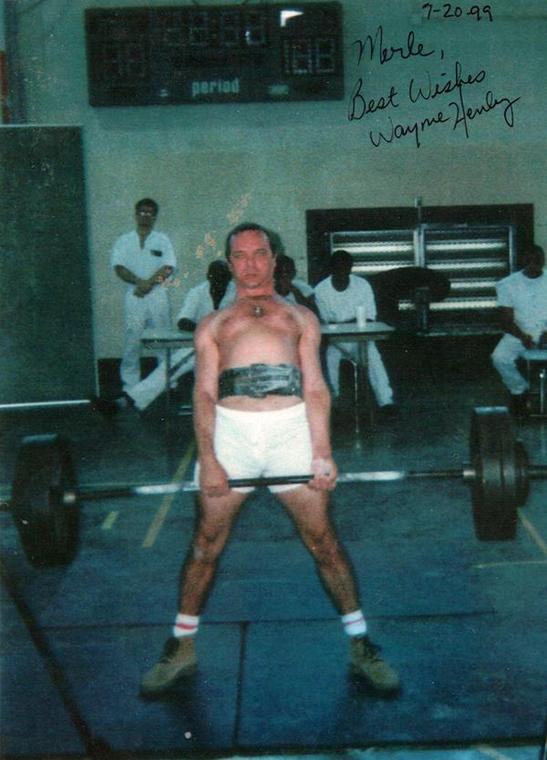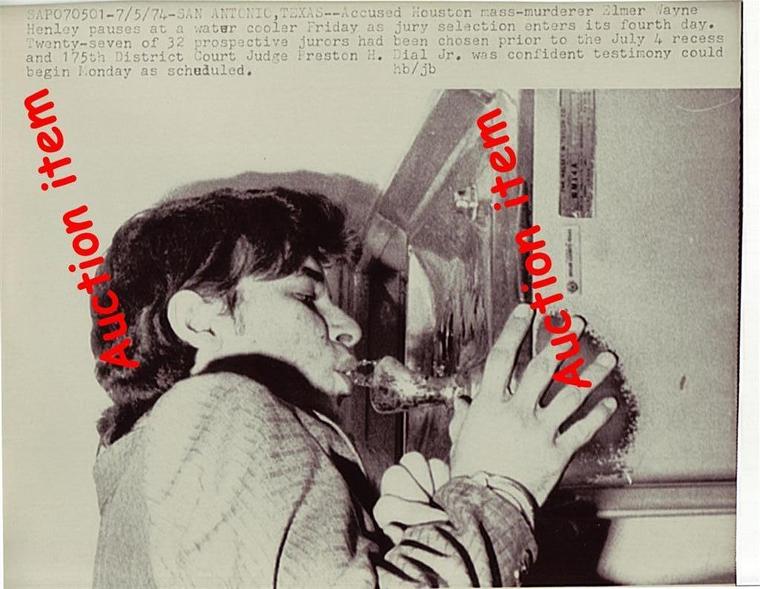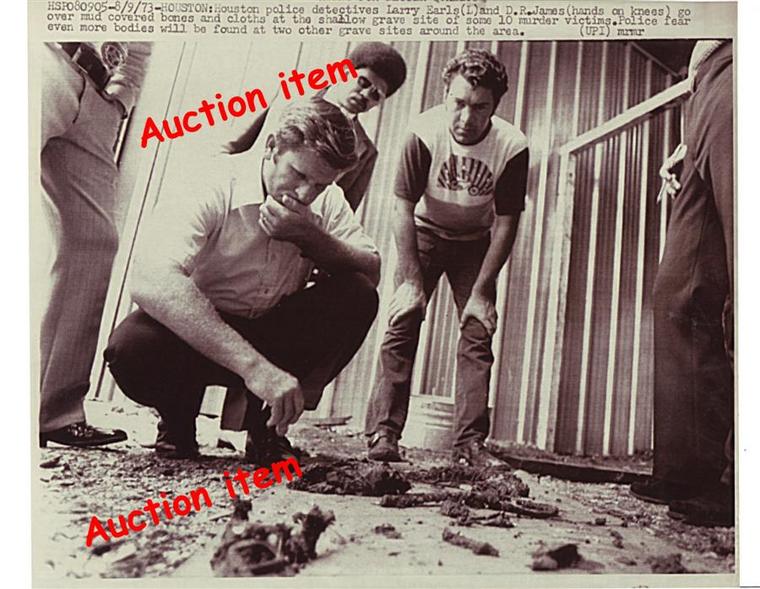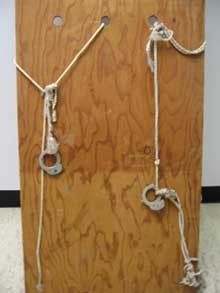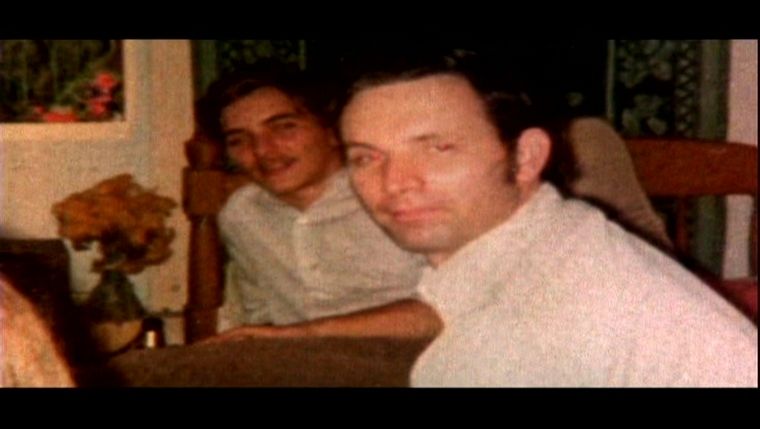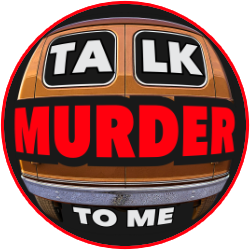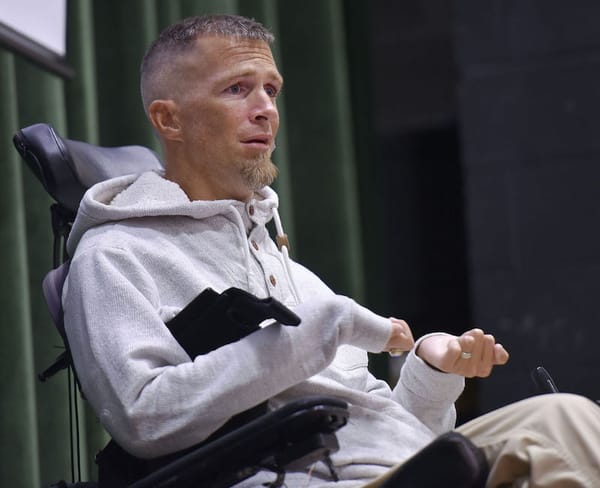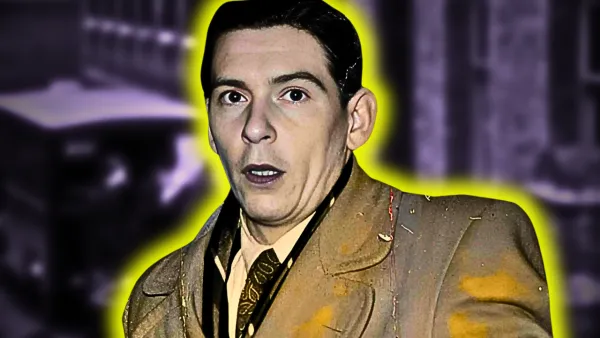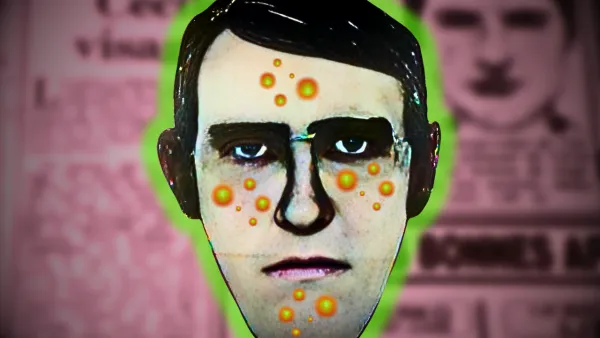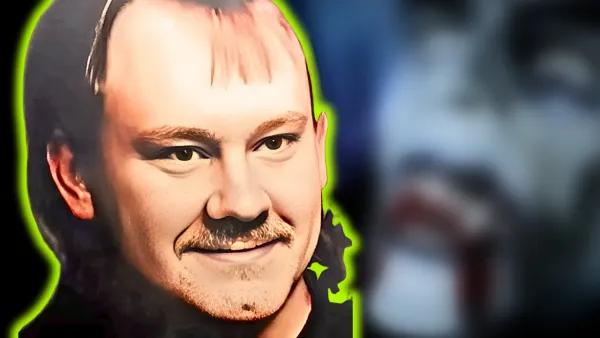Graphic: Police Unearth 17 Decomposing Bodies in Boat Shed Owned by Houston Serial Killer Dean Corll

"The boat shed was just a big horror show. There was human hair all over the place. There were bones and bits of clothing. It was just a nightmare." - Larry Decker, Houston Police Department homicide detective
Dean Corll, also known as the "Candy Man," was a notorious serial killer in Houston, Texas, who, along with his teenage accomplices Elmer Wayne Henley and David Brooks, brutally tortured, sexually assaulted, and murdered at least 28 young boys and teenagers between 1970 and 1973.
Corll earned his nickname due to his family's candy business. He and his accomplices lured victims with promises of parties, drugs, or alcohol, and then restrained, tortured, and killed them. Corll's killing spree came to an end when Henley fatally shot him in August 1973. Henley and Brooks were both found guilty and sentenced to life in prison. The case highlighted the vulnerabilities of law enforcement in tracking down such criminals and brought attention to the issue of missing children.
Bodies at the Boat Shed
Dean Corll operated out of Houston, Texas, and his crimes occurred in the early 1970s. Corll's boat shed was located in the Houston Heights neighborhood at 2020 Lamar Drive. The boat shed was a small wooden structure with a green tin roof and was situated next to a bayou. The shed was secluded and provided Corll with the perfect location to carry out his heinous crimes.
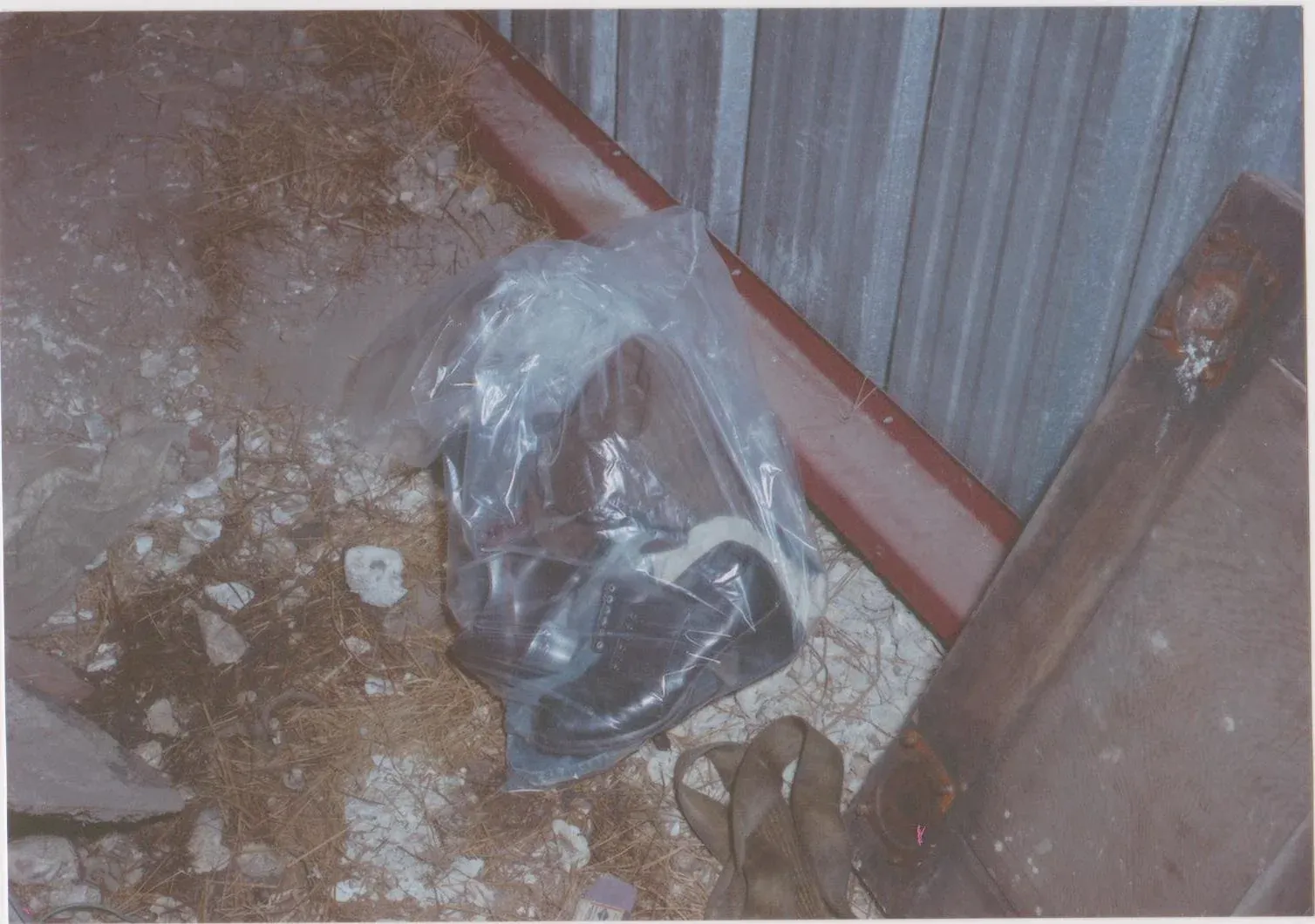
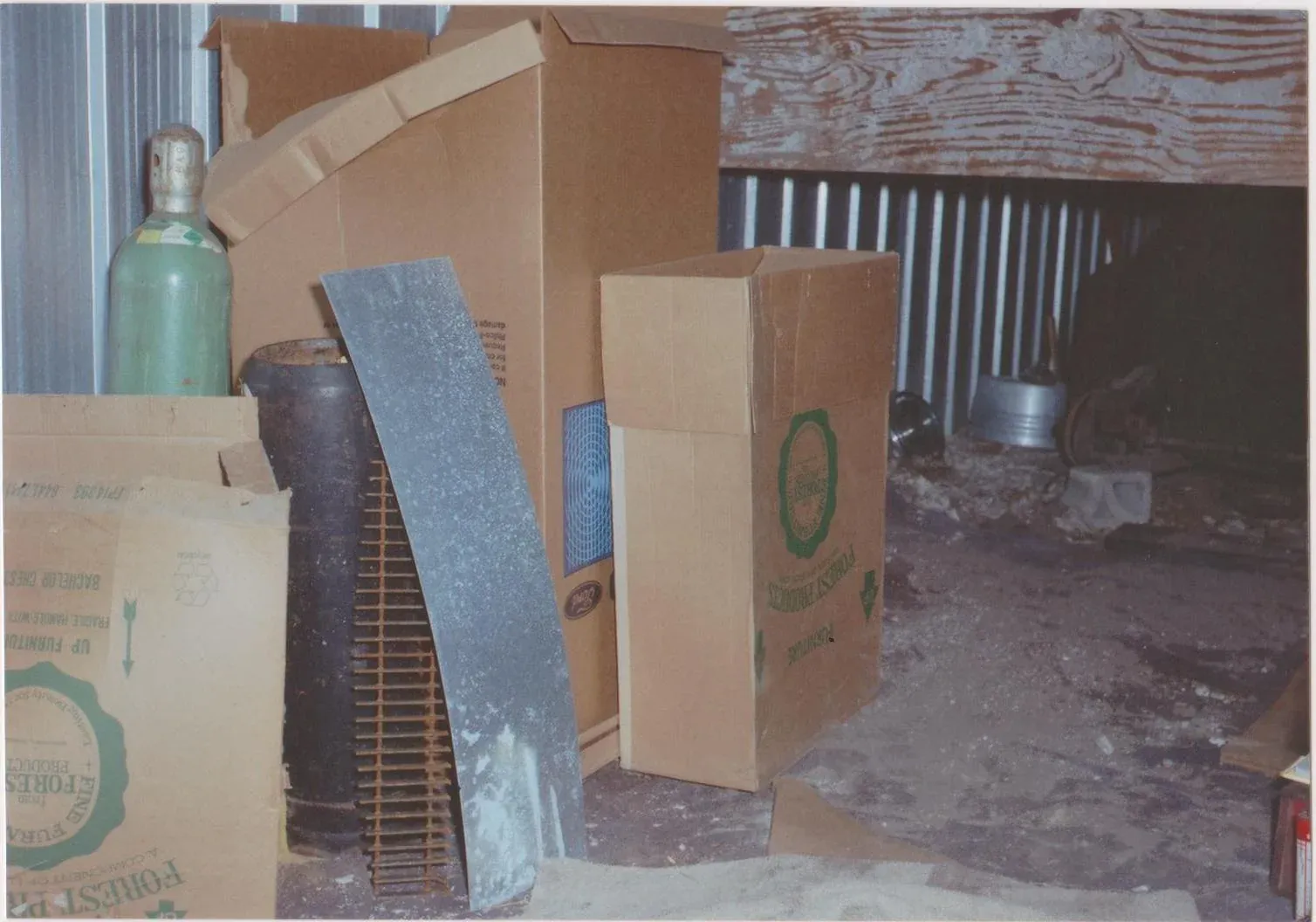
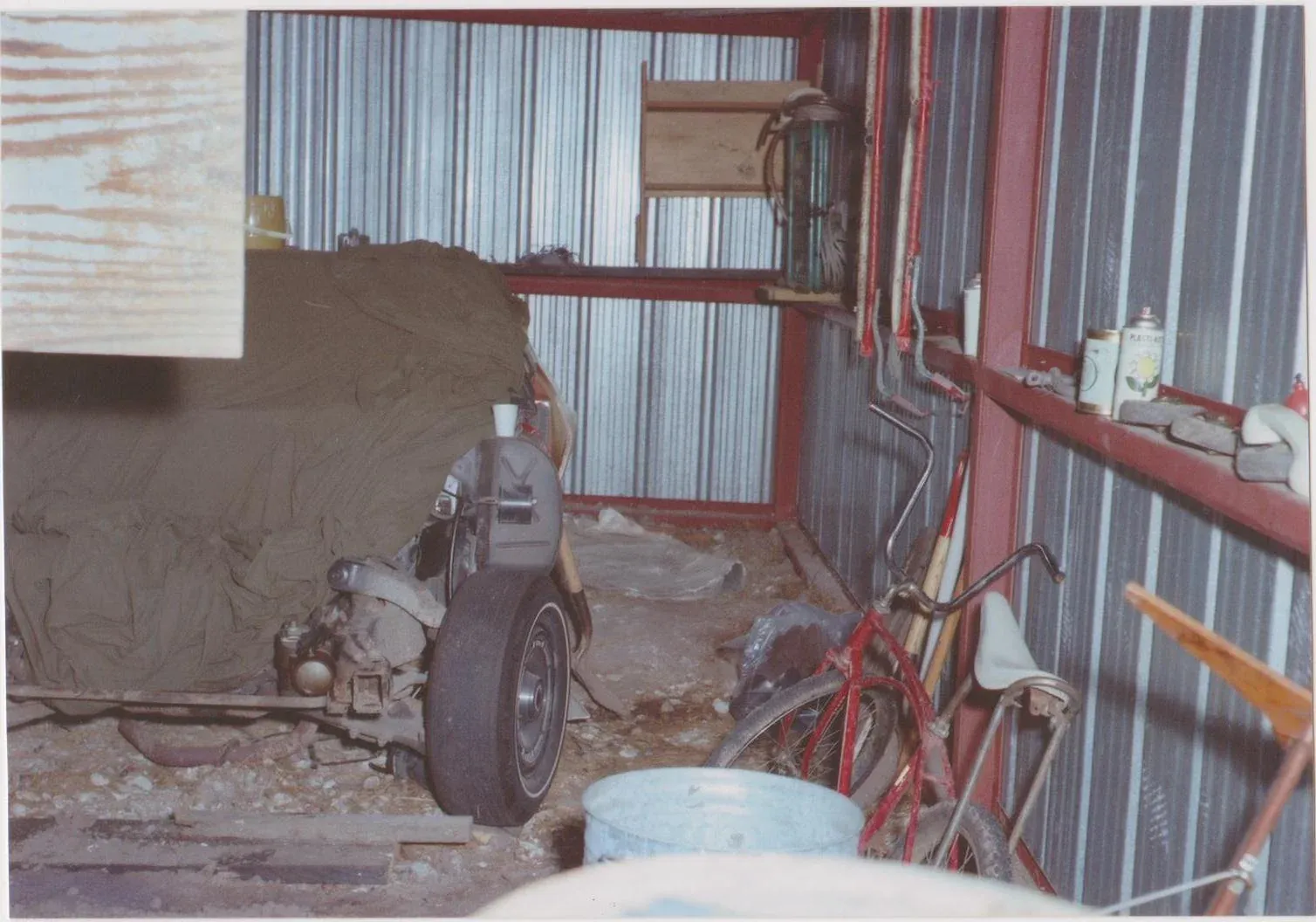
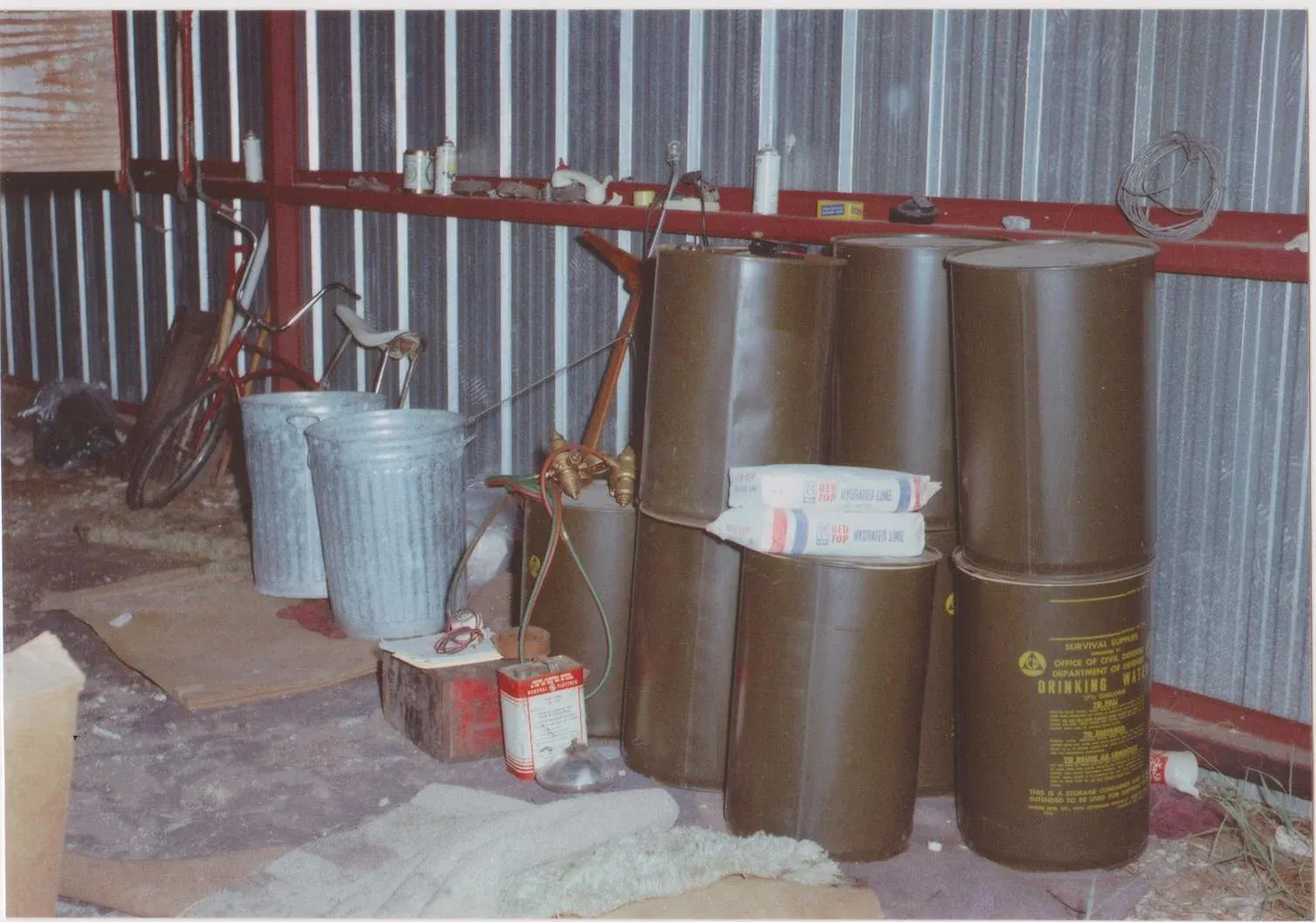
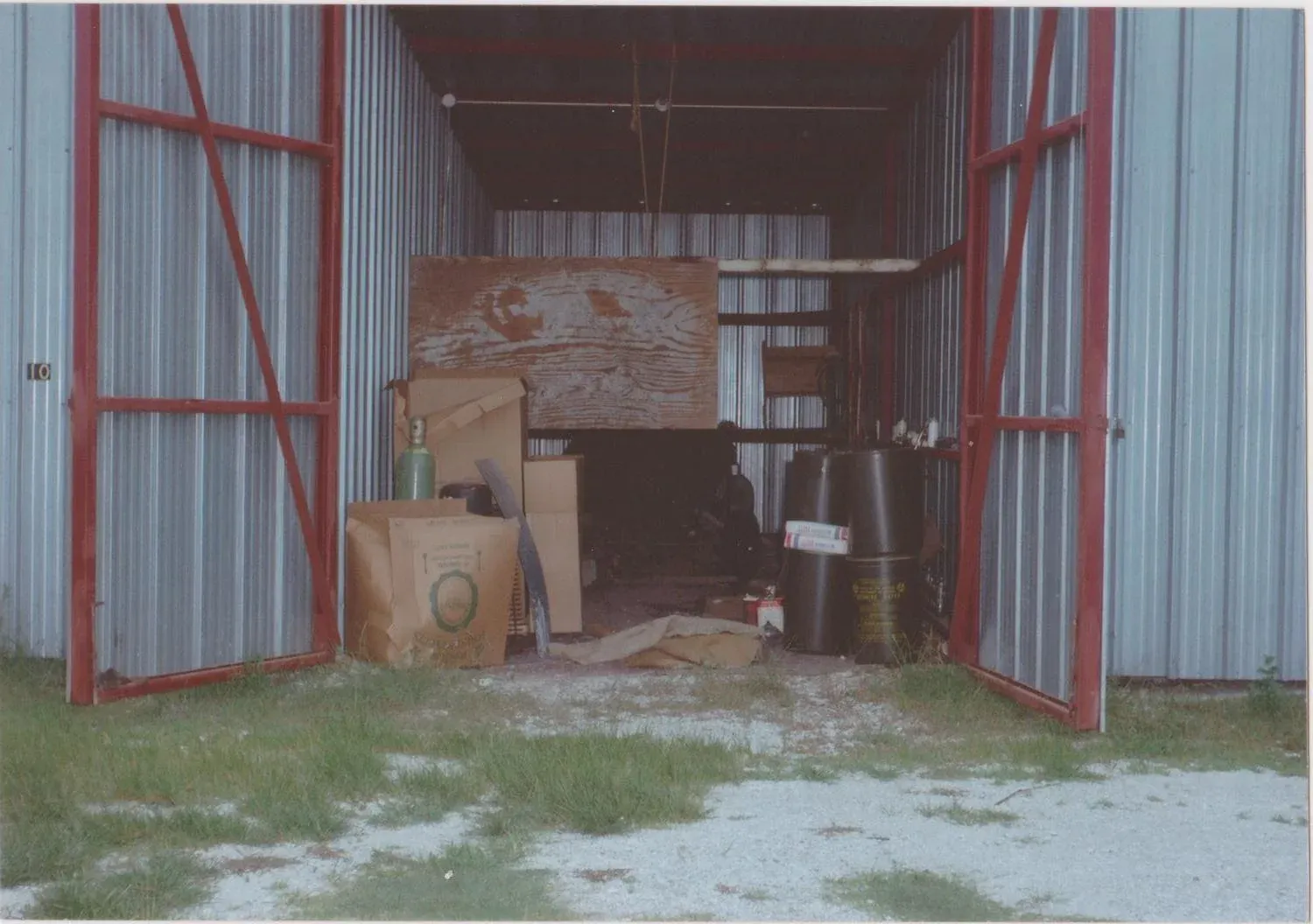
"I saw these hands sticking up. I just remember thinking, 'God, those hands are so white.'" - Wayne Henley, accomplice of Dean Corll
Dean Corll's crimes were discovered on August 8, 1973, when one of his accomplices, Elmer Wayne Henley, Jr., shot and killed him. Henley then led the police to Corll's boat shed, where they found the remains of 27 young boys. Another victim was found buried in a nearby field. In total, Corll is believed to have murdered at least 28 young boys, making him one of the deadliest serial killers in American history.
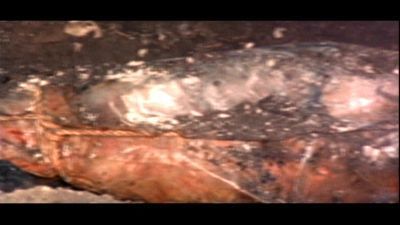
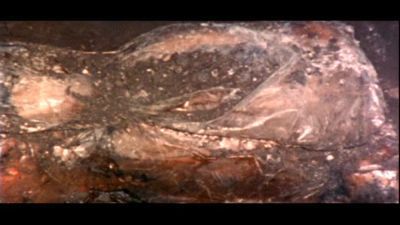
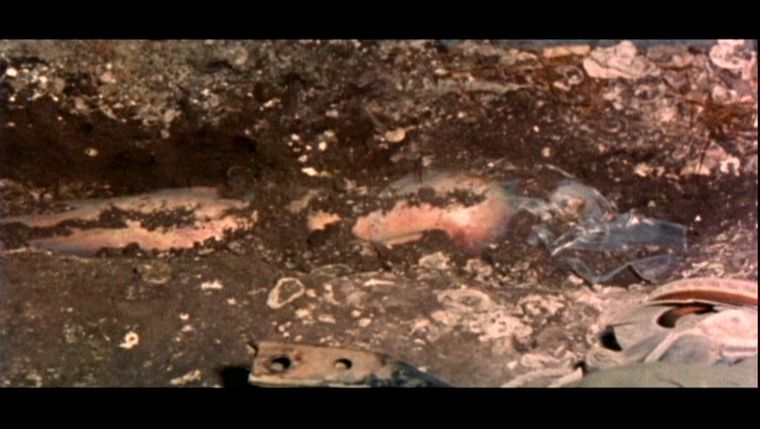
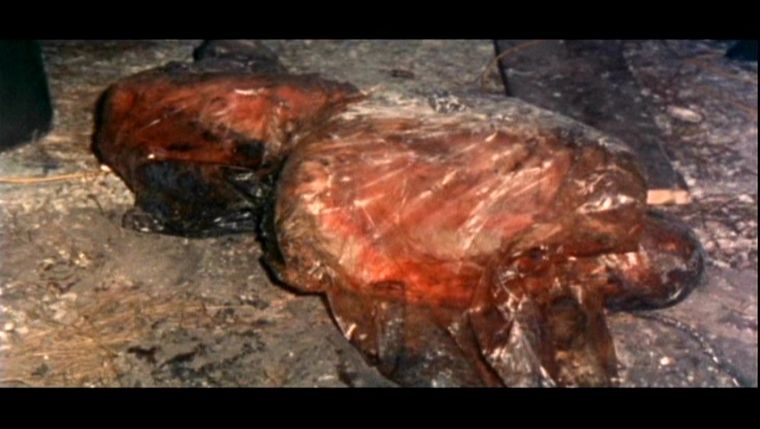
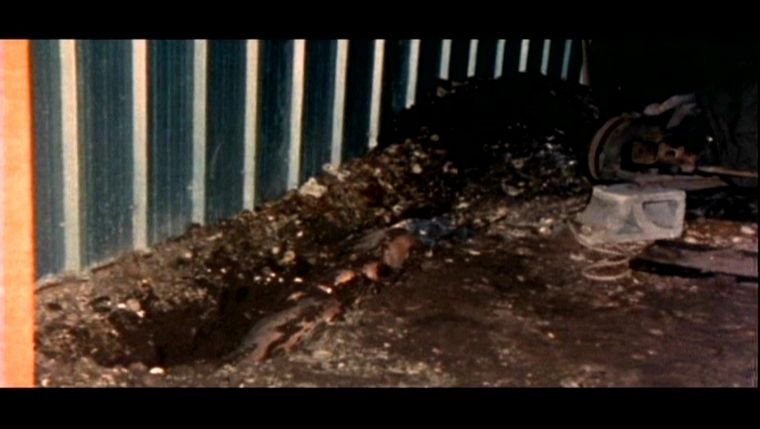
More Bodies?
It is worth noting that the boat shed was not the only location where Corll disposed of his victims. He also buried some victims in other areas around Houston, and it is possible that there may be more victims that have never been found.
"The bodies were packed like cordwood." - Sergeant David Mullican, Houston Police Department homicide detective
The reason the police stopped digging after finding the remains of 27 victims was likely due to the sheer amount of time and resources it would take to continue the search. Digging up and processing a single body can take a significant amount of time, and with 27 victims already found, it is understandable that the authorities decided to focus their efforts on other aspects of the investigation, such as identifying the victims and gathering evidence against Corll's accomplices.
In addition, the authorities may have also felt that they had enough evidence to charge and convict Corll's accomplices, Elmer Wayne Henley Jr. and David Brooks, who had helped Corll kidnap and kill the young boys. Both Henley and Brooks were eventually convicted and sentenced to life in prison for their involvement in the crimes.
